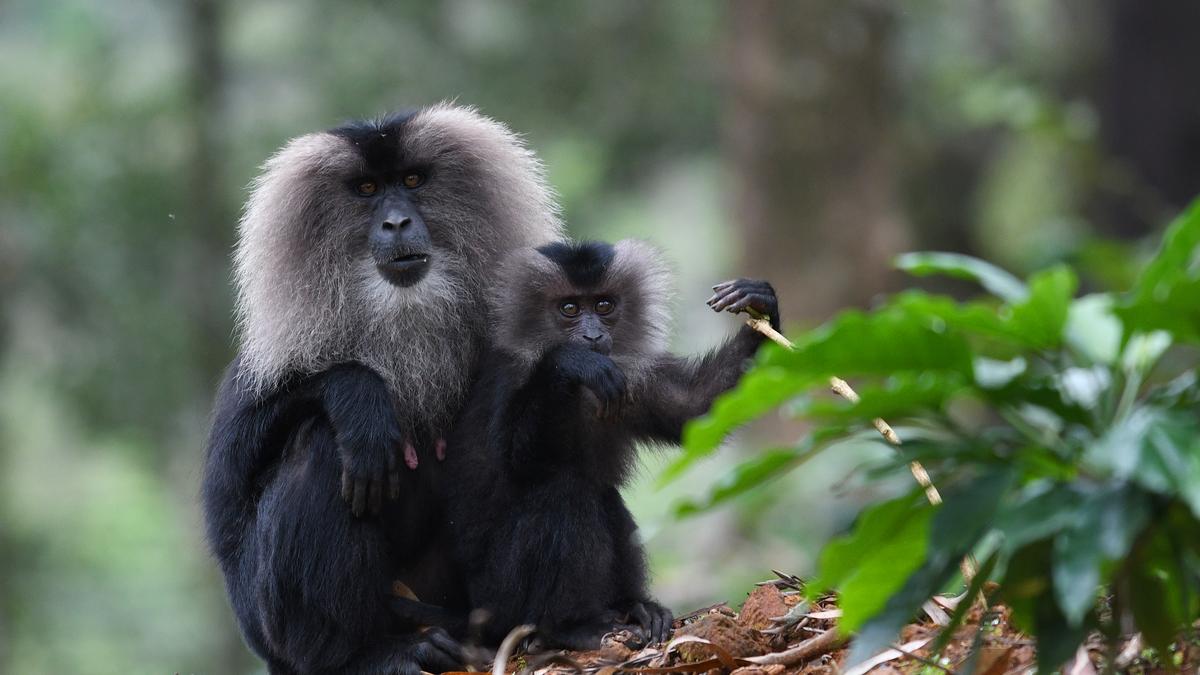The Mysuru Zoo has recently celebrated a significant milestone with the birth of a young lion-tailed macaque. This event is particularly noteworthy for wildlife enthusiasts and conservationists due to the macaque’s endangered status and distinctive features.
Importance of the Birth
Lion-tailed macaques are known for their unique, long tails and their critical endangered status. The species has been experiencing a decline in numbers due to habitat loss and other environmental challenges. The birth of this young macaque is a hopeful sign for the species and supports the zoo’s ongoing conservation efforts.
Impact on Conservation Efforts
The arrival of the baby macaque is expected to have a positive impact on the zoo’s breeding program. This program aims to boost the population of lion-tailed macaques in captivity and enhance their genetic diversity. The successful birth is a result of careful management and strategic breeding plans designed to strengthen the macaque population.
Current Status
According to zoo officials, both the mother macaque and her newborn are in good health. The birth represents a significant achievement in the zoo’s conservation efforts and is expected to contribute to the overall well-being of the species.
Broader Implications
Conservationists view this successful breeding as an encouraging development. It not only aids in the survival of the lion-tailed macaque but also serves as a model for similar conservation efforts in other institutions. With the species facing ongoing threats in the wild, each successful birth in captivity offers a glimmer of hope for the future.
Multiple-Choice Questions (MCQs):
- What is notable about the lion-tailed macaque born at the Mysuru Zoo?
- A) It is the first of its kind born in captivity.
- B) It is a rare species with a long tail and endangered status.
- C) It has been successfully released into the wild.
- D) It is the only one of its kind in the world.
- What challenges are contributing to the declining numbers of lion-tailed macaques in the wild?
- A) Excessive breeding in captivity.
- B) Habitat loss and environmental factors.
- C) Increased population in zoos.
- D) Lack of food in the wild.
- What is the main goal of the zoo’s breeding program for lion-tailed macaques?
- A) To release all macaques into the wild.
- B) To increase the population and enhance genetic diversity in captivity.
- C) To reduce the number of macaques in captivity.
- D) To train macaques for entertainment purposes.
- How are the mother macaque and her baby described following the birth?
- A) They are in poor health.
- B) The baby has been separated from the mother for observation.
- C) Both are reported to be doing well.
- D) The mother is being treated for injuries.
- What broader impact is hoped to result from the successful birth of the lion-tailed macaque at the zoo?
- A) To discourage breeding programs in other institutions.
- B) To inspire similar conservation efforts elsewhere.
- C) To halt all conservation activities for the species.
- D) To focus solely on captive breeding without further action.
